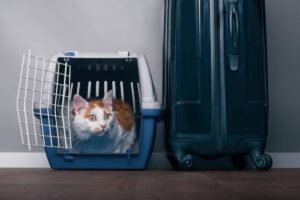The Pets & Animal Care Blog
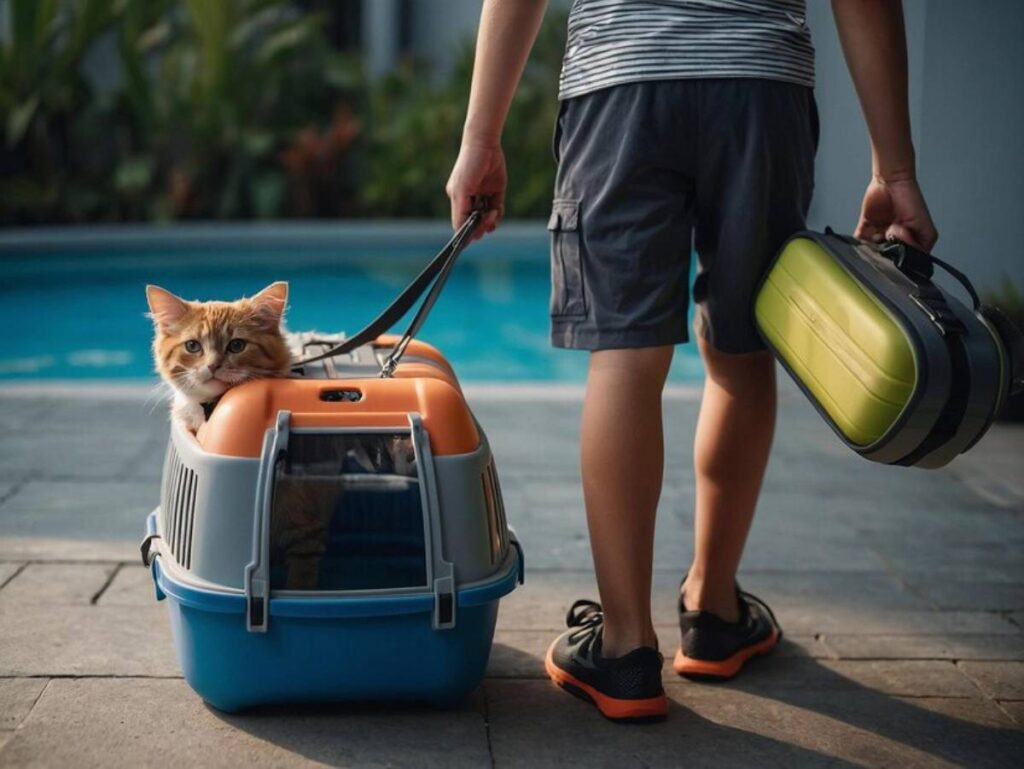
How to Travel with a Cat and Maintain Litter Habits
Travelling with a cat isn’t as rare as it once was. Whether moving house, heading off on a road trip, or visiting family, bringing your feline companion along is now more common than ever. But unlike dogs, cats have specific needs, especially when it comes to their toileting habits. If you’ve ever wondered how to manage your cat’s litter needs while on the go, you’re in the right place.
This guide’ll explore the ins and outs of maintaining litter habits while travelling with cats. You’ll learn about the best travel litter solutions, how to choose a portable cat potty, and practical strategies to ensure your cat stays clean, comfortable, and stress-free no matter where the road leads.
Why Maintaining Littering Habits Matters When Travelling
Cats are creatures of habit. A disruption to their usual routine, like a long journey or unfamiliar environment, can lead to stress, toileting accidents, or even health issues like urinary retention.
Here’s why litter consistency is crucial on the road:
- Reduces stress: Familiar routines help your cat feel more secure.
- Prevents accidents: Giving your cat proper access to a toilet reduces mess.
- Supports hygiene: A clean environment means less risk of infection or odours.
“A well-prepared litter setup can be the difference between a calm journey and a catastrophe,” says Dr Sarah Tompkins, feline behaviourist.
Pro Tip: Call ahead to confirm pet policies and suggest suitable toileting areas.
Quick Guide: Travel Litter Essentials
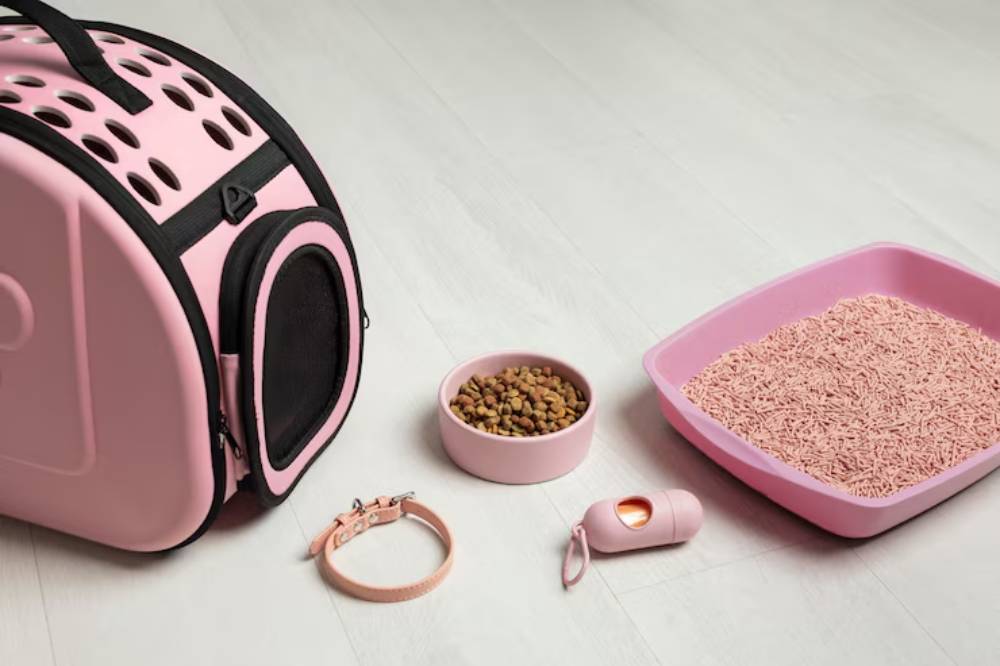
Short on time? Here’s your litter-travel checklist:
- Portable litter tray (foldable or disposable)
- Preferred cat litter (bring what your cat uses at home)
- Litter scooper and biodegradable waste bags
- Odour-neutralising spray or baking soda
- Disposable gloves
- Wipes or cleaning cloths
- Familiar mat or tray liner
- Privacy cover (like a travel tent or blanket)
Important Note: Always carry disposable litter trays in case of emergency.
Step-by-Step: How to Travel with a Cat and Keep Litter Habits Intact
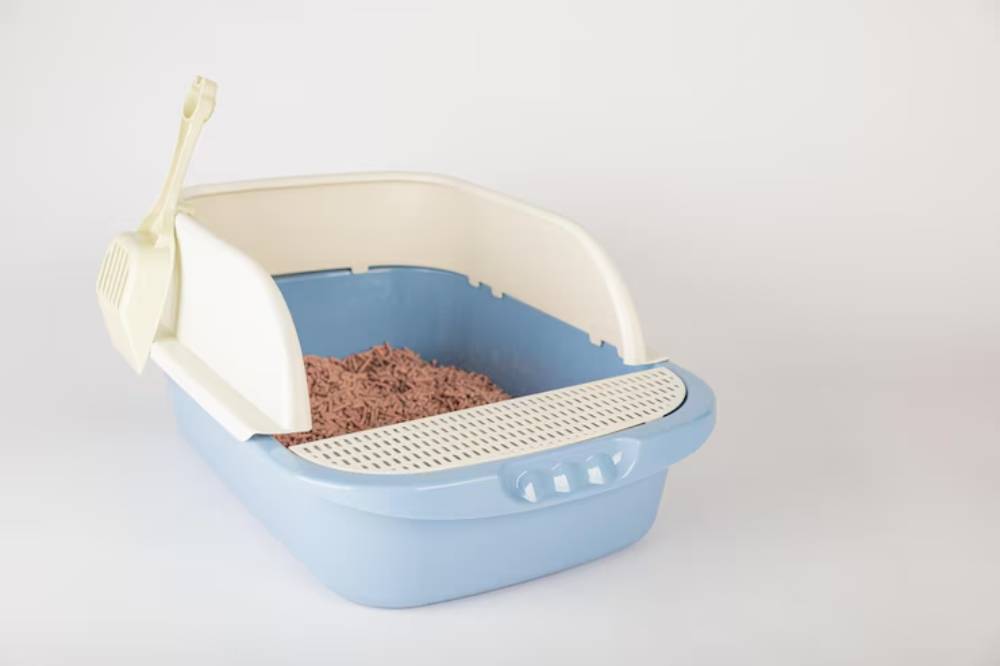
1. Choose the Right Portable Litter Box
Look for trays that are:
- Lightweight and compact
- Easy to fold or pack
- Leak-proof with secure sides
Popular options include:
- Silicone foldable trays
- Disposable cardboard litter boxes
- Zip-up travel litter enclosures
2. Use Familiar Litter
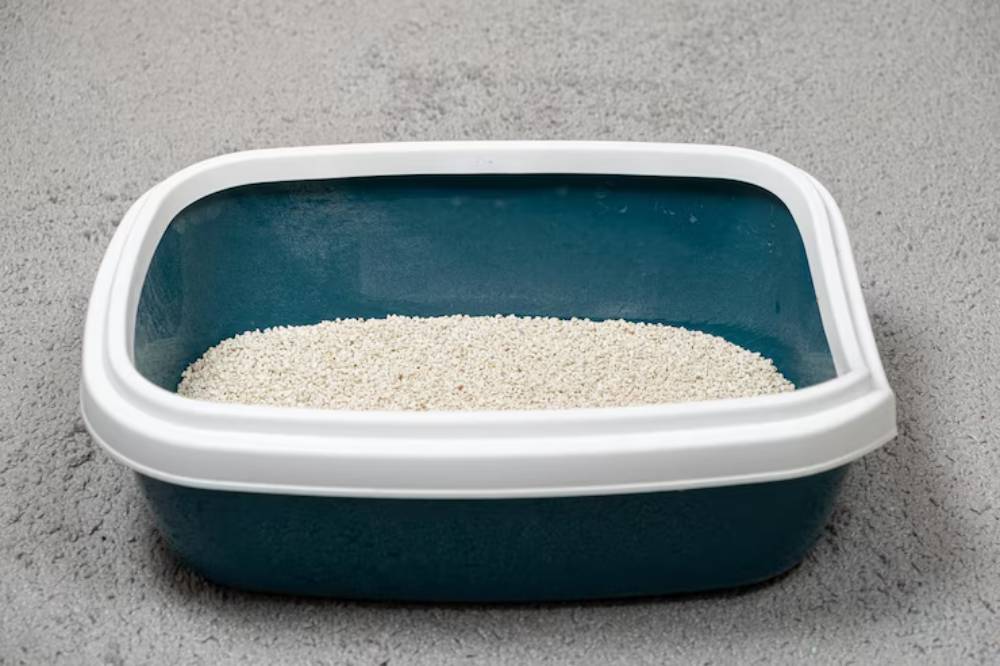
Stick with the same litter your cat uses at home. This familiarity is soothing and encourages use, even in a new setting.
Tip: Bring enough litter for the entire trip—your cat may not tolerate a substitute.
3. Introduce the Setup Before You Travel
Let your cat explore the portable tray a few days before your trip. Place it next to their regular box with some used litter to help transfer scent.
4. Set Up a Private Litter Area While Travelling
Cats value privacy when doing their business. Whether you’re in a car, hotel, or caravan:
- Use a covered space (under a seat or table)
- Add a towel for privacy
- Keep it away from food, water, or a carrier
5. Plan Regular Litter Breaks
On road trips, stop every 3–4 hours to allow your cat to relieve themselves. Offer water and place the tray in a quiet, safe area.
Caution: Never leave your cat unattended outside the vehicle. Use a lead or keep them in a secure area.
6. Clean the Litter Area Often
Use a litter scoop after each use and change the litter at least once daily. This reduces odours and encourages ongoing use.
Crate Training for Litter Comfort
If your cat isn’t used to travelling, crate training with a litter setup can ease the transition. Start by placing a small litter tray in a larger crate or pen at home. Allow your cat to explore the space over several days. This pre-travel routine helps normalise the setup and reduces the shock of unfamiliar confinement during a trip.
Gradually increase your cat’s time in the crate while reinforcing calm behaviour with treats and positive reinforcement. This method is beneficial for using a crate during flights or extended road journeys.
Travelling by Air? Plan for Litter Stops
For air travel, contact the airline ahead of time to understand pet policies and ask about pet relief areas at connecting airports. While in-cabin cats won’t have access to a litter box mid-flight, absorbent puppy pads inside the carrier can help manage accidents.
Before boarding, offer your cat a chance to use a travel tray in a quiet, designated area at the airport. Post-flight, reintroduce the litter box as soon as possible to reinforce the routine.
Handling Post-Travel Litter Regression
Some cats may temporarily stop using the litter box after a trip due to stress or environmental changes. Be patient and reintroduce familiar elements like used litter, scents, or their usual tray placement.
If litter avoidance continues over a few days, consult your vet to rule out medical issues like urinary tract infections or anxiety-driven behaviour. Prompt attention helps prevent long-term litter problems from developing.
Best Practices from Frequent Cat Travellers
Cat owner Lauren shares: “When we moved from Edinburgh to Cornwall, we stopped every few hours to let Mitzi use her foldable tray in the backseat. She was unsure the first time, but having her usual litter helped. By day two, she was using it like a pro.”
Expert-backed insights:
- Bring familiar items (like a blanket from home)
- Don’t force your cat to use the tray—patience is key
- Offer treats after each successful litter break
FAQS: Travelling with Cats and Litter
Q: Can I Skip Littering During Short Trips?
A: Not recommended. Cats can hold their bladder, but prolonged stress or lack of access can cause health issues.
Q: What’s The Best Litter Type For Travel?
A: Clumping litter is easier to clean, but lightweight non-clumping varieties are less messy. Choose what your cat prefers.
Q: Will My Cat Use The Tray In A Moving Vehicle?
A: Possibly not. Most cats wait for stationary breaks. Always plan stops accordingly.
Q: How Do I Manage Odour In A Small Space Like A Car Or Van?
A: Use baking soda under the litter, ventilate regularly, and scoop frequently.
Confident Cat Travel Starts with the Right Litter Setup
Maintaining your cat’s litter routine while travelling doesn’t have to be stressful. With the right tools, a bit of preparation, and a healthy dose of patience, you can ensure a smooth and clean journey for you and your cat.
Key Takeaways:
- Use a familiar litter and introduce the setup early
- Opt for portable, easy-to-clean trays
- Prioritise privacy and cleanliness
Ready to hit the road with your furry companion? Don’t forget your portable litter box! Have questions or tips from your travels? Share them in the comments below.





